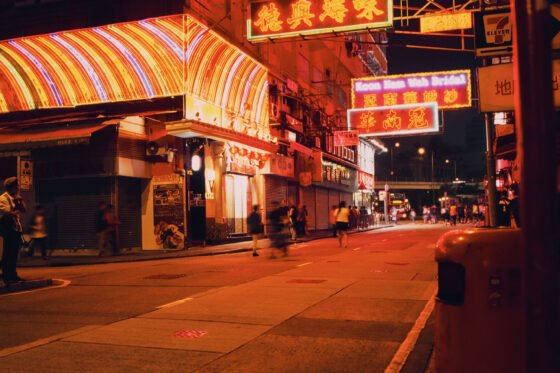
(ETX Daily Up) – A study by researchers from Lund University, Sweden, published by Science Direct, highlights particularly effective measures to reduce car traffic in the city center. Among the most successful are the introduction of a congestion charge, the construction of car-free streets and separate cycle paths.
The drastic reduction in the number of cars in the city means, above all, striving to improve the air quality and thus the quality of life. At the end of their study, the researchers come up with no fewer than 12 measures that need to be taken to significantly reduce the number of cars driving in urban space.
Tax files
This can take several forms, starting with setting a real toll to enter and circulate the city. London, a pioneer in this field, would have reduced car traffic in the city by 33% with this measure. The proceeds of this tax can be used to invest in public transport or to set up new infrastructure for soft mobility.
Optimize parking spaces
Many cities in Europe have already decided to remove parking spaces and thus adapt the corresponding lanes. The idea is to be able to replace these parking spaces with car-free streets, bicycle paths and even footpaths. For example, a city like Oslo has managed to reduce car traffic by almost 20% in three years.
Limit traffic areas
More and more large cities are limiting access to their inner city to cars. This is especially the case in Rome, and soon also in Paris. The aim is to promote the use of public transport by limiting car access to the city center to residents or professionals only. In Rome, this policy has reduced car traffic by 20% during restricted hours. As with tolls, the resulting fines can be used to develop public transport and soft mobility.
Offering mobility services to commuters
For professional reasons, many suburbs have the habit of taking their car to go from home to their workplace, in the city center. In several cities, such as Utrecht in the Netherlands, local authorities and private companies are working together to provide free public transport cards to their employees, as well as private shuttles to connect public transport stops with workplaces. More than a third of these commuters would have given up driving to work during the week.
Tax on parking at the workplace
Another way to ‘force’ employees to come to work other than by car is to introduce parking fees at their workplace. The experiment has already been conducted in Rotterdam in the Netherlands or in Nottingham in England.
Better plan business trips
Companies are also advised to limit their employees’ business trips by car as much as possible. This may also involve setting up a bicycle park and infrastructure to accommodate them, close to their premises.
Plan trips to universities
The same goes for universities. Students and their teachers are encouraged to use public transportation and actively travel (bicycle or walk) to get to campus. One of the best examples in this regard is Bristol, in England, which, for example, favored the construction of cycle paths.
Developing mobility services at university level
To help students avoid using a car, it is also possible to set up various initiatives in collaboration with the municipality, such as a free subscription to public transport or the introduction of shuttles to the campus.
Encourage carpooling
Over the years, carpooling has proven to be particularly effective in cities such as Bremen, Germany or Genoa, Italy, with the aim of course being to transport as many people as possible in as few cars as possible. Awareness campaigns were conducted to encourage employees to opt for this form of group travel.
Plan school transport
Students and their parents are strongly advised to walk, bike or in the worst case carpool to school. This must be accompanied by an improvement of the cycling infrastructure in the neighbourhood.
Personalized travel plans
More and more cities have developed personalized travel plans for residents, allowing them to discover their city on foot, by bike or by public transport. The idea is to promote soft mobility and improve certain sites at the same time.
Develop applications for sustainable mobility
Finally, one of the last levers to reduce car traffic in the city is to develop applications that allow you to earn ‘points’ by walking, cycling or using public transport. The most successful users then earn vouchers or various rewards offered by local businesses. This was mainly implemented in Bologna, Italy.
To arrive at this result, the authors of this study reviewed nearly 800 peer-reviewed reports and case studies from across Europe, published since 2010.
(Photo credits: Carl Nenzen Loven/Unsplash)